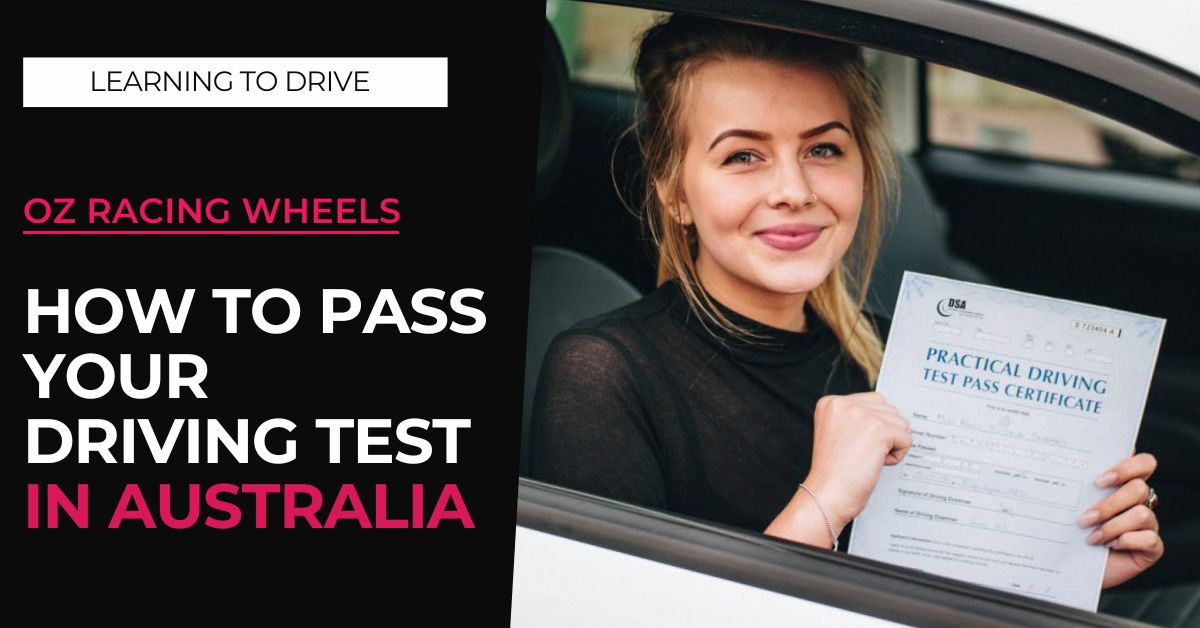If you feel anxious about passing your driving test then you’re in the same boat as everyone. We all want our automotive wings (or wheels) and four-wheel freedom, but try not to let that pressure you.
Contrary to popular belief, passing your driver’s test is simpler than you may think. You just need to be prepared!
- Be prepared – practice makes perfect
- Expert tips to help you pass your driving test
- Tip #1: Make a mental note of your pre-drive agenda
- Tip #2: Maintain a constant speed of less than five mph for as long as feasible
- Tip #3: Get as much practice in the driver’s seat as possible
- Tip #4: Keep your eyes open and your mirrors clean
- Tip #5: Decrease your speed before turning.
- Tip #6: Be cautious when approaching traffic signals
- Tip #7: While turning around, check your environmental components
- Tip #8: Brake with care
- Tip #9: Avoid expecting your errors to be serious
- Tip #10: Concentrate on what is going on around you, not on the inspector
Be prepared – practice makes perfect
There are no “secret” tips that guarantee success on your test.
Make sure you practice as much as you can before taking the test. This is your best way to succeed, and your best way to be an awe-inspiring driver.
Just like any test, if we go in underprepared we’re bound to be more anxious and under more stress during the test. This is why you should do your best to feel prepared, and the more prepared you feel, the easier the test will be.
Expert tips to help you pass your driving test
With the help of an experienced driving instructor, below are expert tips to help you pass your driving test:
Tip #1: Make a mental note of your pre-drive agenda
When you enter your car, your inspector will expect you to complete a few tasks. While this rundown will vary from state to state, remembering how to use these frameworks in your automobile will put you well on your way to improvement.
Securely fasten your seatbelt. Alter the position of your side and rear-view mirrors.
Managing your cooling and heating systems. Activating the headlights, taillights, and high pillars of your vehicle
Tip #2: Maintain a constant speed of less than five mph for as long as feasible
Speeding is a frequent reason why several understudies fail their street tests. When you’re worried and not paying attention to the speedometer, it’s easy to lose track of your speed rise. Additionally, you should maintain a smooth, consistent pace throughout your test.
To accomplish this, make a conscious effort and train yourself to regularly drive within five miles per hour of the posted speed limit each time you practice driving. This is one of our most excellent driving test ideas for restless understudy drivers — you’d rather not fail your test because you haven’t developed this driving habit yet.
Tip #3: Get as much practice in the driver’s seat as possible
There is no alternative for getting behind the wheel and practising basic driving manoeuvres. It would be best if you asked a parent or immediate relative to accompany you on a managed drive as soon as possible.
This will enable you to develop a certain level of confidence when out and about, which will aid you tremendously on the driver’s test. Additionally, choose a skilled supervisor who constantly gives you recommendations while practicing, as it is often challenging to detect your errors.
Tip #4: Keep your eyes open and your mirrors clean
Numerous students frequently focus their gaze incorrectly on what is happening in front of them during the test. While this may appear to be a reasonable course of action in principle, it is hazardous and may result in a programmed failure on your driver’s test.
Your side- and rear-view mirrors provide invaluable information about what vehicles are doing behind and around you. Additionally, you should check your vulnerable side to identify any vehicle that may be nearby. Thus, you’ll have a 360-degree view and will never be surprised by the presence of cars near or behind you.
Tip #5: Decrease your speed before turning.
Accelerating into a turn is a dangerous behaviour that could result in a risky catastrophe. Proceed exceedingly slowly, especially as a newbie. When turning, be sure to dial back the engine and complete the turn before reapplying power to the gas pedal. Take note of your environmental elements to avoid colliding with walkers or foreign particles that may obstruct your path.
Tip #6: Be cautious when approaching traffic signals
Traffic signals are one of the more intuitive driving rules for folks to grasp. At an unusually young age, we are taught that a green light indicates ‘go’, and a red light indicates to stop.’ Whatever the case, there has been considerable inconsistency over what one should do at a yellow light.
In most cases, particularly during the in-the-seat driver’s test, you should prepare to stop when approaching a yellow light. This way, you avoid being caught running a red light, which is a planned fail.
Similarly, look left and right before beginning to accelerate following a green light. A few cars speed across intersections while the light has just turned red, resulting in an accident. This is not only an excellent street test idea but something you should do consistently.
Tip #7: While turning around, check your environmental components
While numerous modern vehicles are equipped with reinforcement camera technologies, their use is prohibited during the DMV street test. Your inspector will either need that you turn off the framework or cover its screen with a clipboard.
Subsequently, it is critical that you consider your environmental factors before putting your vehicle into reverse and that you bear in mind that directing your vehicle to its destination. If you do not make your developments obvious, your inspector may subtract points for failing to look at your behind when turning around.
Tip #8: Brake with care
Forced slowing down is another frequently used excuse for missed focuses on out-and-about tests. While it may be tempting to punch the pedal hard and quickly, you should practise progressively increasing effort approximately a quarter-mile before your aim. Your car will have plenty of time to come to a complete stop in the future.
Another excellent strategy to avoid forced slowing down is to gaze well ahead of your car – this way; you’ll be motivated to identify anticipated hazards and respond on time.
Tip #9: Avoid expecting your errors to be serious
You may notice that you have made an error and conclude that you have failed the test. Don’t. Your blunder may be a non-basic error, which means you may still have a chance to pass. Basic errors are blunders that demonstrate a lack of control over the vehicle or errors that endanger other road users. They cause a brief hiccup during the driving test.
Non-basic mistakes or mix-ups are any residual errors or omissions from the test. Depending on your location, you may accumulate a few non-basic errors without failing the exam. Before the stopping point test, the driving inspector will review your score and highlight areas for improvement. You will be informed of any fundamental or non-fundamental errors.
Tip #10: Concentrate on what is going on around you, not on the inspector
As you almost definitely already know, every interruption significantly impairs your protected driving skill and fixation. While you may be curious about what the analyst is doing and recording, it is entirely irrelevant throughout the test.
Rather than focusing only on the inspector, concentrate on the roadway and the surroundings around your vehicle to ensure you drive safely and perfectly. Regardless, this will provide the analyst only writes positive things about your driving and will help you earn a passing grade.
While it is fair to need to complete the driver’s seat examination and then forget about it, rushing through the test without being prepared will undoubtedly result in a low score. Indeed, the most frequently acknowledged error is rushing through the assessment, as revealed by instructors we spoke with.
You will not be able to “falsify” your direction to obtain a driver’s permit, so take as much time as required to learn how to drive safely before taking the exam. You’ll end up saving time and money in the long run.









